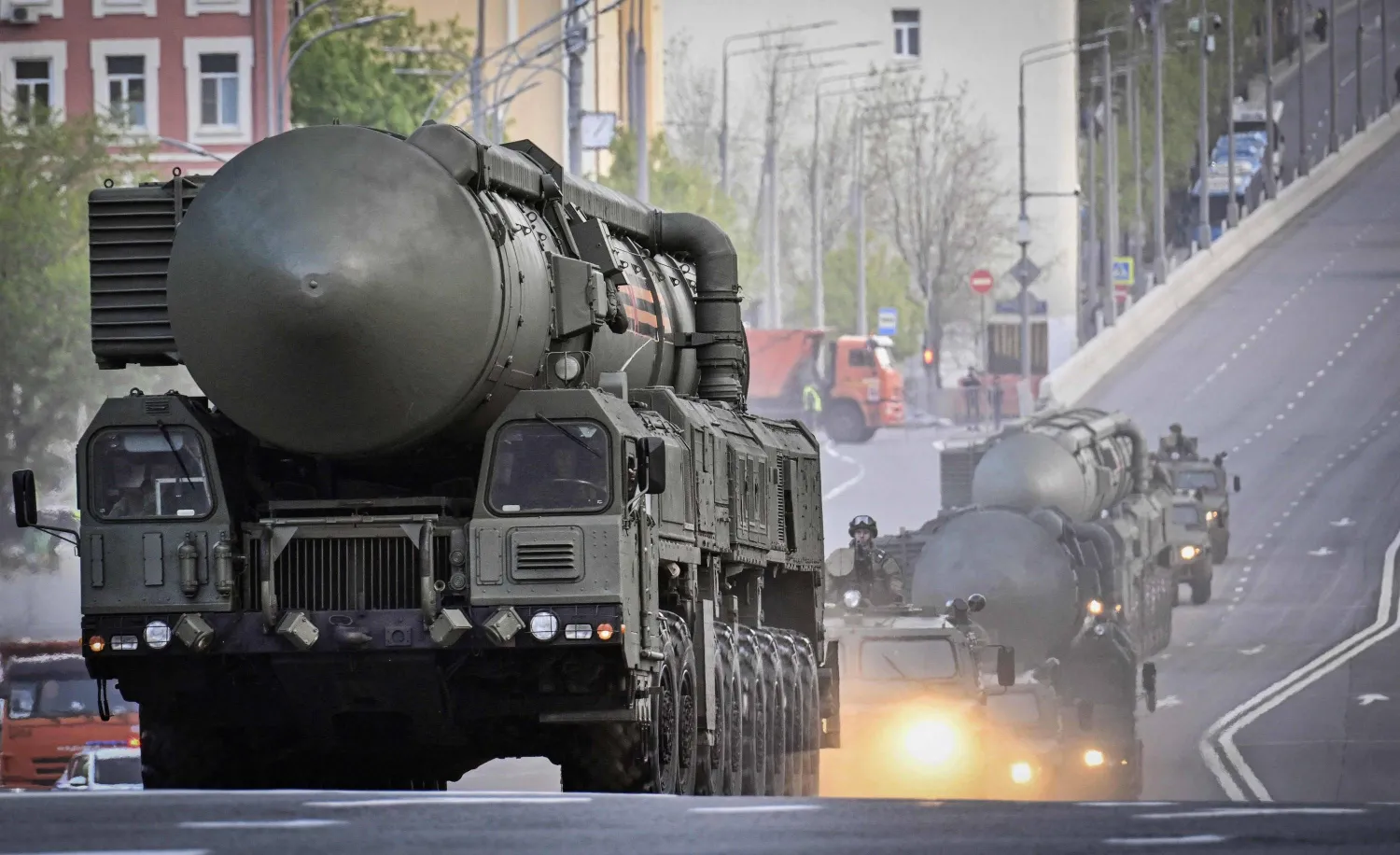While world conflicts dominate headlines, Sudan’s deepening catastrophe is unfolding largely out of sight; a brutal war that has killed tens of thousands, displaced millions, and flattened entire cities and regions.
More than a year into the conflict, some observers question whether the international community has grown weary of Sudan’s seemingly endless cycles of violence. The country has endured nearly seven decades of civil war, and what is happening now is not an exception, but the latest chapter in a bloody history of rebellion and collapse.
The first of Sudan’s modern wars began even before the country gained independence from Britain. In 1955, army officer Joseph Lagu led the southern “Anyanya” rebellion, named after a venomous snake, launching a guerrilla war that would last until 1972.
A peace agreement brokered by the World Council of Churches and Ethiopia’s late Emperor Haile Selassie ended that conflict with the signing of the Addis Ababa Accord.
But peace proved short-lived. In 1983, then-president Jaafar Nimeiry reignited tensions by announcing the imposition of Islamic Sharia law, known as the “September Laws.” The move prompted the rise of the Sudan People’s Liberation Movement (SPLM), led by John Garang, and a renewed southern insurgency that raged for more than two decades, outliving Nimeiry’s regime.
Under Omar al-Bashir, who seized power in a 1989 military coup, the war took on an Islamist tone. His government declared “jihad” and mobilized civilians in support of the fight, but failed to secure a decisive victory.
The conflict eventually gave way to the 2005 Comprehensive Peace Agreement, better known as the Naivasha Agreement, which was brokered in Kenya and granted South Sudan the right to self-determination.
In 2011, more than 95% of South Sudanese voted to break away from Sudan, giving birth to the world’s newest country, the Republic of South Sudan. The secession marked the culmination of decades of war, which began with demands for a federal system and ended in full-scale conflict. The cost: over 2 million lives lost, and a once-unified nation split in two.
But even before South Sudan’s independence became reality, another brutal conflict had erupted in Sudan’s western Darfur region in 2003. Armed rebel groups from the region took up arms against the central government, accusing it of marginalization and neglect. What followed was a ferocious counterinsurgency campaign that drew global condemnation and triggered a major humanitarian crisis.
As violence escalated, the United Nations deployed one of its largest-ever peacekeeping missions, the African Union-United Nations Hybrid Operation in Darfur (UNAMID), in a bid to stem the bloodshed.
Despite multiple peace deals, including the Juba Agreement signed in October 2020 following the ousting of long-time Islamist ruler, Bashir, fighting never truly ceased.
The Darfur war alone left more than 300,000 people dead and millions displaced. The International Criminal Court charged Bashir and several top officials, including Ahmed Haroun and Abdel Raheem Muhammad Hussein, with war crimes and crimes against humanity.
Alongside the southern conflict, yet another war erupted in 2011, this time in the Nuba Mountains of South Kordofan and the Blue Nile region. The fighting was led by Abdelaziz al-Hilu, head of the Sudan People’s Liberation Movement–North (SPLM–N), a group composed largely of northern fighters who had sided with the South during the earlier civil war under John Garang.
The conflict broke out following contested elections marred by allegations of fraud, and Khartoum’s refusal to implement key provisions of the 2005 Naivasha Agreement, particularly those related to “popular consultations” in the two regions. More than a decade later, war still grips both areas, with no lasting resolution in sight.
Then came April 15, 2023. A fresh war exploded, this time in the heart of the capital, Khartoum, pitting the Sudanese Armed Forces against the powerful paramilitary Rapid Support Forces (RSF). Now entering its third year, the conflict shows no signs of abating.
According to international reports, the war has killed more than 150,000 people and displaced around 13 million, the largest internal displacement crisis on the planet. Over 3 million Sudanese have fled to neighboring countries.
Large swathes of the capital lie in ruins, and entire states have been devastated. With Khartoum no longer viable as a seat of power, the government and military leadership have relocated to the Red Sea city of Port Sudan.
Unlike previous wars, Sudan’s current conflict has no real audience. Global pressure on the warring factions has been minimal. Media coverage is sparse. And despite warnings from the United Nations describing the crisis as “the world’s worst humanitarian catastrophe,” Sudan's descent into chaos remains largely ignored by the international community.









